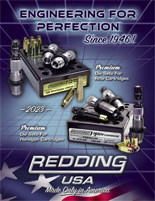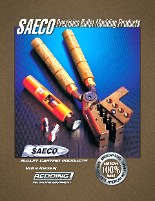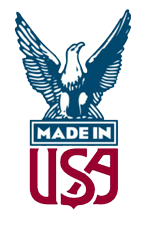Tech Line & Tips (FAQs)
Advanced Case Forming Operations
Neck Wall Thickness
The first consideration, is the thickness of the newly formed case necks. When a case neck is reduced in diameter, or moved during case forming, the wall thickness increases. Brass cartridge cases are progressively thicker as you approach the base. This means that when a new case neck is formed from what was previously the parent case's shoulder or body, the neck wall thickness will increase. This can create a dangerous condition if there is not adequate clearance between the neck of the loaded cartridge and the chamber. This clearance can be determined by comparing the measurements of a dummy loaded cartridge and the neck diameter of your chamber. We recommend a minimum clearance of 0.003". If you do not know the neck diameter of your chamber, you should enlist the aid of a competent gunsmith to assist with the project. He will undoubtedly take a chamber cast.
The "Donut"
The second consideration is the formation of a "donut". This is a ring of thicker brass inside the neck of the newly formed case. The donut appears when the neck-shoulder junction of the newly formed case ends up closer to the base than the parent cartridge. This donut must be removed or dangerous pressures will result due to the lack of clearance for the case neck to release the bullet. Again, we recommend a minimum clearance of 0.003".
Neck Thinning
There are two common methods used to reduce the neck wall thickness of cases and remove donuts from their necks. The simplest is neck reaming. Reaming can be performed on a case trimmer or in a special reaming die. The die method is preferred, as the reamer tends to follow the off-center hole in the case neck when reaming on a trimmer.
The preferred method of thinning case necks is to use an outside neck turning tool to remove brass from the outside of the case neck. If the neck turning operation is performed one or two calibers larger than the final desired caliber and a size button is pulled through the neck, it will also remove the donut from the case neck. Neck turning produces a more uniform and concentric case neck than the previously mentioned method of reducing neck wall thickness, reaming.
Some cartridges may require fireforming to produce their final shape before neck turning or reaming can be performed properly. The only safe method we can recommend for this operation, is fireforming cases with an inert filler. For detailed instructions on this method of fireforming cases, see Ken Howell's Designing and Forming Custom Cartridges for Rifles and Handguns.
If you have further questions, please feel free to contact our tech line (607) 753-3331







